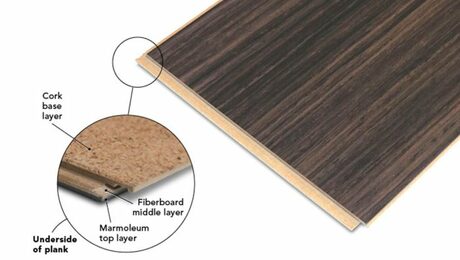Basements vapor and insulation?
I hate to add to the ever popular basement questions, but after much research, I have one.
I live in a two year old house in Montana (climate zone 6B) with a full eight foot wall poured concrete basement. I have one foot and two foot overhangs, good grade for drainage, installed downspouts, and am careful to not water next to my house.
The first part of my question relates to indoor humidity. This is a fairly dry climate, although we have had record rainfall the past few years. In Winter when we aren’t opening windows, the indoor humidity is almost impossible to keep below 48% without continually running a dehumidifier. Usually moist interior air is not a problem here in winter. I would like to see the humidity in the 30% range in the winter.
We are very careful to run exhaust fans when we shower and cook (no HRV or ERV in this house) so I don’t believe humidity is being built up too much from normal living. Our basement is currently not insulated. The outside of the foundation has two heavy coats of an asphaltic damp proofing. We have never had any traces of water in the basement. I believe our humidity issue is from vapor transmission into the house from the foundation walls, and I want to address that before insulating.
All of this background leads to my questions.
1. Should I apply some sort of a vapor barrier to the concrete before I insulate? If so what product?
2. After much reading, it seems like it is possible to use foil faced polyiso, or even faced eps as a vapor barrier, but how does one seal vapor transmission at the top and bottom of each sheet (at the top of foundation and at the concrete floor)? I plan on taping the seams between each sheet with appropriate tape.
Sorry for the long winded post, but basically I want to insulate my basement and keep vapor out as much as possible.
GBA Detail Library
A collection of one thousand construction details organized by climate and house part









Replies